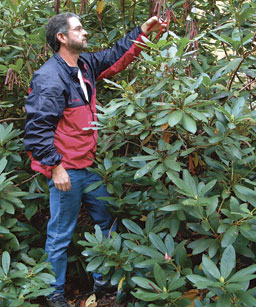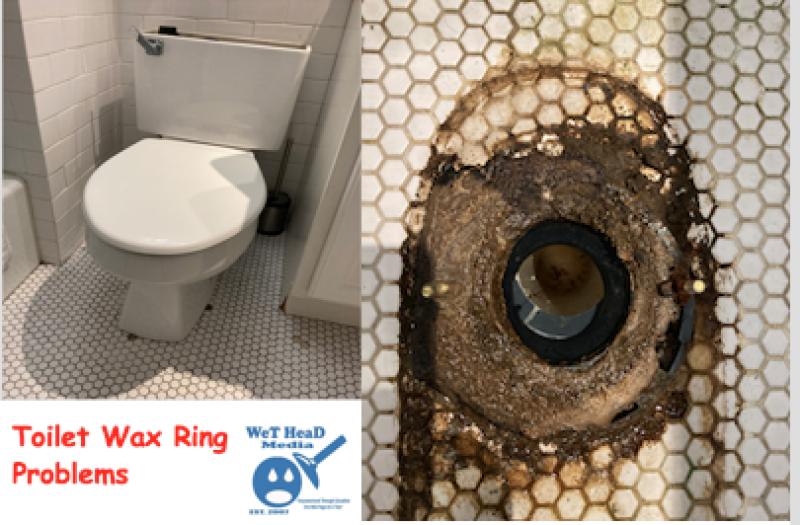Follow These Easy Instructions On Pruning Rhododendrons
Rhododendrons, a group of evergreen, flowering shrubs growing 4 feet to 10 feet tall, are counted among the most attractive plants grown both indoors and outdoors. The spring blooming shrubs have beautiful, bell-shaped flowers with their color varying from white, orange and yellow to pink and red. The dark green and leathery medium-sized leaves also add to the beauty of the ornamental plant.
It is necessary to prune these shrubs for rejuvenating the foliage, maintaining their growth and for preventing diseases. Rhododendrons lose their blooms during the early part of summer; immediately after this period is the best time to prune them. It is never advisable to prune the shrubs after July; otherwise, you may cut off the buds necessary for the flowers to develop next year. The pruning methods vary depending on the purpose of pruning with each one being quite easy to learn. Regular pruning makes rhododendrons even more attractive with abundant foliage, dense branching and plenty of flowers.
Here are the instructions for pruning them for different purposes:

Maintenance Pruning
Maintenance pruning involves removal of the trusses or worn-out flower cluster and the dead or diseased branches. The trusses not only make the shrubs look unpleasant but also use a substantial amount of energy for the production of seeds which are quite unnecessary. So, it is essential to cut off the trusses so that the energy can be used for the plant’s vegetative growth. It is very easy to learn this pruning technique and you need to prune your Rhododendrons for maintenance every year.
Use pruning shears for removing the old flower trusses form their base, around 1.25 cm above the emerging growth. Another way to get rid of the trusses is to snap them from the plant using your thumb and forefinger. However, this increases the chances of your accidentally breaking off some new growth along with the trusses. Using pruning shears is advisable to avoid such accidents.
Branches damaged due to extreme cold or storms should be removed during pruning. You should also take care to cut off the diseased branches that can be identified easily by their wilted yellowish leaves. Cut these branches from their base and take care to cut into the healthy part of the stem just above the nearest dormant bud. Do not forget to sanitize the shears using rubbing alcohol before moving on with the pruning.
Pruning for Shape
The main purpose for this kind of pruning is altering the plant’s shape to achieve the most aesthetically pleasant look possible, given their natural form and growth habit. There can be various reasons for this pruning, such as encouraging denser branching and controlling the width and height of the plant.
Follow the branch you want to prune from its end to the very last cluster of leaves that you are going to keep. Now cut the brunch around 0.5 cm above the uppermost leaf in the cluster. Repeat the process wherever required.
Late winter is the best time to shape rhododendrons as the shrubs are dormant during this time. This may lead to the accidental sacrifice of some flower buds; still, it is advisable to shape them in late winter as this ensures better growth.
Rejuvenation Pruning
This type of pruning is performed for restoring old and overgrown shrubs by encouraging vigorous new growth from the leafless stems. Old rhododendron shrubs of various species come back as fresh and attractive as young plants after they are severely pruned for rejuvenation. The best time to perform the rejuvenation pruning is winter while the plants are dormant.
For rejuvenation pruning, you need to cut each of the primary branches forming the main frame of the plant, carefully. Rhododendrons often have more than three main branches growing from the plant’s crown. These are called the primary branches as they form and support the basic structure of each shrub. While pruning, you need to cut the branches at different heights so that the shrub looks natural when the new shoots develop.
There is another form of rejuvenation pruning, which involves cutting down the entire plant within 15 cm of the ground. This type of pruning does not take much time, but all rhododendrons do not survive this treatment. Plants weakened by some disease are sure to die if you try this form of rejuvenation pruning on them.
It is advisable to make sure that your plant is strong enough to come back from this extremely severe pruning before performing it on the entire shrub. Cut down only one main branch of the old plant back to 15 cm and wait to see whether new shoots emerge from it. If they do, you can use this pruning method the next year to rejuvenate your rhododendrons.
All these pruning techniques are quite easy to perform while they ensure healthier and more gorgeous shrubs. You do not have to worry even about making mistakes as rhododendrons are extremely hardy and are capable of surviving small errors in the pruning.




Awesome post.